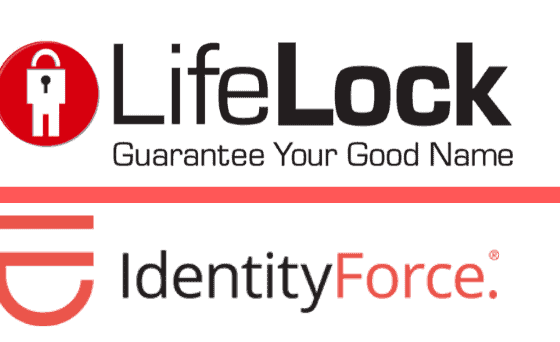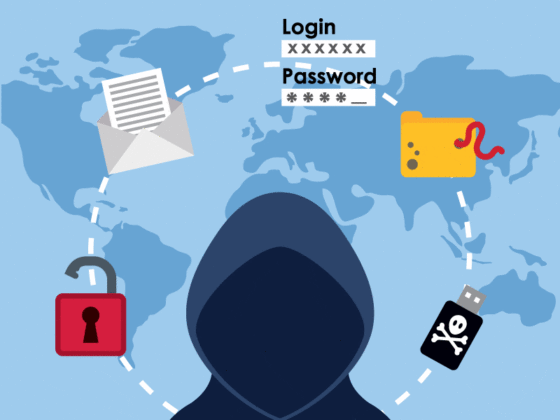The effects of this stumbling, yet slowly recovering economy can have you at constant chase of finding a graphic design career that will support you financially. And with the unemployment rate constantly increasing, I personally know that competition is even greater than it ever was for freelancers.If you’re looking for others ways of income as a graphic designer and web designer that actually pay out, this article will give you my MOST preferred choices to building your design career.
As Freelance Graphic Designer and Web Designer, I’ve marketed myself to various circus sites to scoop up some short term and long term freelance jobs. I crossed paths with MANY "opportunity" sites and I’ve narrowed it down to the best that I’ve had a high success rate with. These sites have a huge selection of graphic design jobs and web design jobs, with each having their own pros on cons of which I briefly go over.
Elance
Pro: Elance has PHENOMENAL payment system that links directly to your bank account, credit card etc. I cannot stress how the options are so useful for freelancers. They successfully eliminate that gamble of "what if I do all this work and the client doesn’t pay me" by their escrow option. Example: The client hires you, pays your agreed proposal price to the escrow linked to you (of which you cannot withdrawal) and when your job is complete, you request a release from the escrow and you get paid instantly. Every transaction and proposal is legal bounded with a ton of enforced contracts and agreements, automically done for you by Elance. It is my most preferred method of taking on any type of job. And the fact that there are great higher paying clients there who understand the VALUE of the work designers put into their work plays a huge role of why this is my top rated choice.
Con: The competition with the other designers are high here, which in turn causes you to make extra efforts to stick out. I found that to successfully pick up a job, I always try to be the first to submit a proposal on it or "submit proposal to the top of the list" by paying extra credits. It really does work on at least getting some interaction with the client and eventually sealing the job. Also, many clients ask that you already have history, ratings and etc. with Elance before even submitting a proposal. A quick fix to this if your just starting off with Elance is to pick up very simple small paying tasks to get your history up prior to spending your credits on $1,000 – $5,000 projects and never getting a response. Everyone’s got to start at the bottom of the totem pole sometime ☺
Freelance Switch
Pro: A cheaper route than Elance to pick up job with its $7 monthly subscription. You can submit proposals to as many posts as you want without having to worry about your account credits like Elance has it.
Cons: As far negotiation and sealing a deal on a fair price, freelance switch lacks that capability. Also, when freelancing I always found it great to know who your other competitors are, and while Elance allows you to see all the candidates who submitted a proposal to the same post you did, Freelance Switch lacks that capability. The proposal process is identically to a simple inquiry email.
Craigslist
Pro: It’s free. I don’t think you can get any better than that. You reach out to clients in your area and get the face-to-face interaction, along with the in-person negotiation. And normally when doing that, you build a long-term business relationships, which is always great for passive income as a freelancer.
Cons: Identity Theft. Craigslist has been getting a reputation of fraud and identity theft lately. Though craigslist has been pretty effective to picking up projects, you just need to keep in mind that you’re dipping your feet in a pool of sharks. Be proactive of identify theft and never leave your address and phone number on your resume or portfolio. If a client wants to communicate to you via phone or mail, chances are they will ask you for best contact number and address once they have already revealed their identity in their response email.





